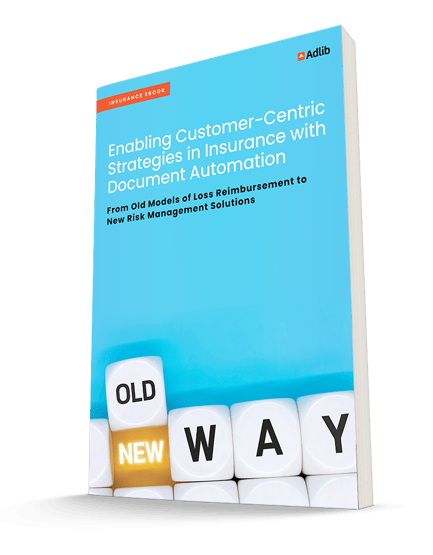Big Shifts in Insurance: From Old Models of Loss Reimbursement to New Risk Management Solutions
The insurance industry is going through massive changes in the next decade, fueled by three big shifts:
Big Shift #1: Identity Crisis of The Insurance Industry
The insurance industry is changing fast, and it's not just about covering losses anymore. Today, customers are looking for something extra – they want their insurers to play a part in actively preventing and reducing risks, whether it's for their health, their home, or their car.
80% of respondents want insurers to embed environmental, social, and corporate governance (ESG) initiatives into their proposition.
59% globally want life insurers to reward them for healthy living.
This shift, fueled by recent global uncertainties – think extreme weather, the pandemic, and all the tech changes we're seeing - is prompting insurers to redefine their roles. They’re moving from just reimbursing losses to really stepping up, offering services and solutions that help customers manage and minimize risks.
Big Shift #2: Tailored, Omnichannel, Compassionate Interactions
Afterall, insurance is a people industry and consumers are increasingly seeking interactions that are not just transactional, but also meaningful and tailored to their individual needs and lifestyles.
Firstly, there's a growing preference for digital-first interactions. Consumers, accustomed to the convenience and speed of digital services in other sectors, expect similar experiences from their insurance providers.
However, consumers don't want a purely digital interaction; they crave a human-digital hybrid model. For complex, sensitive, or critical issues, the preference to speak with a knowledgeable and empathetic human agent remains strong. Consumers value the reassurance, clarity, and empathy that human interactions provide, particularly in situations fraught with stress or uncertainty, such as filing a major claim or navigating policy changes.
Digital self-serve channels are on the rise, however, their adoption is delayed by the high percentage of transacation failures for complex issues, as high as 31% in US auto insurance. A human-digital hybrid combination is still the preferred way for complex tasks, like complicated claim filings or getting an advice.
But here is where it gets more complex: consumers are not just looking for insurers to respond to their needs; they want insurers who anticipate their needs. Consumers appreciate when insurers use their data thoughtfully to offer timely, relevant, and personalized advice or services. This might mean proactive risk management suggestions, customized policy recommendations, or timely offers and incentives based on individual behavior patterns and preferences.
Big Shift #3: The Surge of Data
Let's face it, the world of insurance is swamped with data, and it's not just the neat, easy-to-handle kind. We're talking about unstructured data – a messy mix of emails, forms, policy documents, and all sorts of paperwork that doesn't fit nicely into traditional databases. This isn't just a small issue; it's a massive challenge for insurers. Why? Because this kind of data is tough to sort through, organize, and make sense of. It's like trying to find a needle in a haystack, except the haystack is growing every day.
70% of customers are willing to share personal, health, financial, or home security data with their insurance provider.
With the shift toward risk solutioning model, the influx of data from embedded sensors and wearable technology is adding additional complexity into the mix, presenting both opportunities and challenges for insurers. However, successfully harnessing this data requires insurers to upgrade their data ingestion and analysis capabilities.
The ability to efficiently process and interpret vast streams of complex, unstructured data from various devices is crucial for developing tailored risk mitigation strategies and truly customer-centric services. If insurers can't manage this data properly, they're at risk of falling behind in a world where predicting customer needs is key.
In essence, the modern insurance consumer is looking for a relationship that's proactive, personal, and empowered by technology. They want interactions that are seamless and convenient, yet also empathetic and responsive to their unique circumstances. For insurance providers, meeting these evolving consumer desires means investing in technology, understanding the human aspect of their interactions, and finding the right balance between the two.
Yet, this transformation isn't just about introducing new services; it's fundamentally about reshaping internal data management. By adopting sophisticated document/data processing and automation, they're streamlining operations and focusing on delivering tailored, preventative solutions to customers. Digital-first, customer-centric approach is the future where insurers are proactive partners in their customers' well-being.
Don't just adapt. Lead the change.
Download our paper for strategic insights that can redefine your approach in 2024 and beyond.





